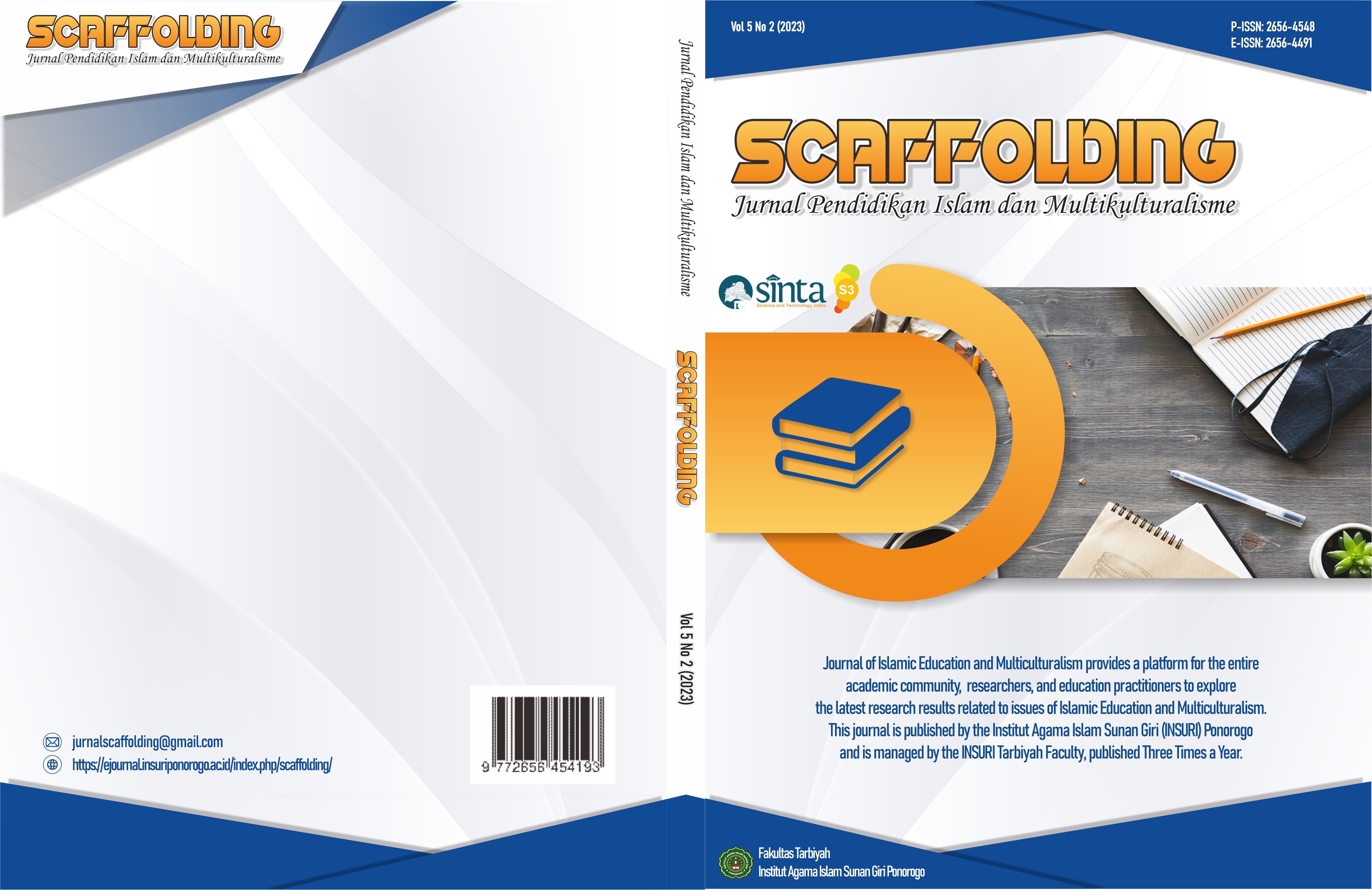Analysis of Early Reading Difficulties for Elementary School Students
DOI:
https://doi.org/10.37680/scaffolding.v5i2.3121Keywords:
Beginning, Difficulty reading, SDN 10 Kota BalingkaAbstract
This study aims to identify and define the beginning reading teaching and learning process. Some factors contributed to students’ first reading challenges and the teacher's strategies for overcoming those issues in grade II SDN 10 Koto Balingka. Eleven children with reading difficulties were identified as part of the study data gathered during the initial observation of the teaching and learning process in the classroom. In the 2023–2024 school year, it was known that several children had trouble starting to read in the second grade of SDN 10 Koto Balingka. This paper utilized a case study methodology and a qualitative technique with a descriptive qualitative design. Interview results served as the study's primary data sources, and secondary data came from research materials like books, notes, school-related information, learning reports, and documentation—specifically, photographs and audio recordings—related to students' understanding exercises. Perceptions, meetings, and documentation are used in the information-gathering processes. The instruments utilized in this study were guidelines for documentation, observation, and interviews. Data reduction, presentation, and conclusion were made in the data analysis step. The findings from this study show 1) The teacher's initial reading learning process emphasizes conjunctions in the form of simple sentences, using spelling and syllable methods. 2) Difficulty factors that hinder students from beginning reading in second grade consist of internal and external factors. Internal factors include students' physical intelligence, interest, and motivation. External factors include family factors and school factors. 3) Provide additional time for students who still have difficulty reading, teach them to read again by learning to read at home, pay more attention to students who still have difficulty reading at first, teach using various methods, and prepare interesting learning materials. Based on the results of this study, it can be concluded that in the teaching and learning process, there are students' difficulties in beginning reading, including (1) Difficulty in pronouncing consonants; (2) It is difficulty reading digraph letters; (3) It is difficult to distinguish similar letters; (4) Eliminating letters when we read words; (5) Difficulty in reading affixed words; (6) Not using punctuation marks; (7) reading haltingly so that there are many errors in reading; and (8) difficulty in understanding the contents of the reading. Difficulty factors that hinder students in beginning reading in grade II at SDN 10 Koto Balingka consist of students' internal and external factors. Internal factors include (1) Physical factors from students; (2) intelligence factors; (3) Interests; and (4) student motivation. External factors from students include (1) family factors and (2) school factors. The solutions given to overcome the difficulties of class II students at SDN 10 Koto Balingka in the beginning reading are: (1) Providing additional time for students who still have difficulty reading at first; (2) Teaching them to read again by learning to read at home; (3) The teacher pays more attention to students who still have difficulty reading at first; (4) Teaching using various methods; and (5) Preparing interesting learning material.
Downloads
Published
How to Cite
Issue
Section
License
Authors who publish with this journal agree to the following terms:
Authors retain copyright and grant the journal right of first publication with the work simultaneously licensed under a Creative Commons Attribution-NonCommercial 4.0 International License that allows others to share the work with an acknowledgement of the work's authorship and initial publication in this journal.
Authors are able to enter into separate, additional contractual arrangements for the non-exclusive distribution of the journal's published version of the work (e.g., post it to an institutional repository or publish it in a book), with an acknowledgement of its initial publication in this journal.
Authors are permitted and encouraged to post their work online (e.g., in institutional repositories or on their website) prior to and during the submission process, as it can lead to productive exchanges, as well as earlier and greater citation of published work.



